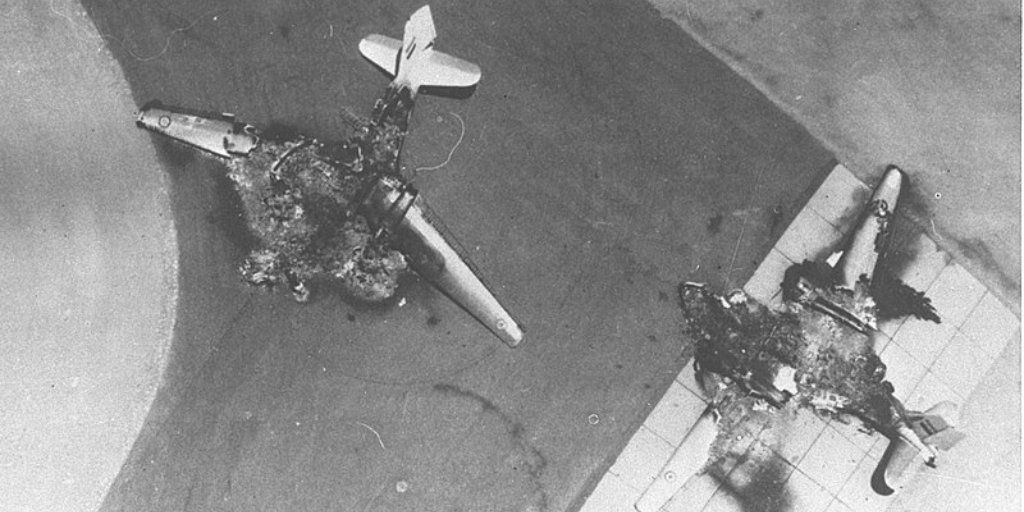Fifty-five years ago today, Egypt’s popular Sawt Al-Arab (Voice of Arabs) radio station announced the country’s defeat to Israel – only days after falsely informing citizens that Israel had lost.
The Six-Day War, a surprise attack on Egypt, Syria, and Jordan, ended with Israel’s occupation of Sinai, the Golan Heights, Gaza, and the West Bank. Despite lasting less than a week, the legacy it leaves behind impacts Egypt, the Middle East, and the world to this day.
To Egyptians, the Six-Day War is better known as Al-Naksa – the Setback.
CONTEXT, CONFLICT, AND CLOSURE
The Six-Day War was the culmination of decades of political tension and military conflict between Israel and Arab states, inspired largely by the then-president of Egypt, Gamal Abdel Nasser.
For the greater part of the 20th century, Egypt had been the main actor in the conflict with Israel. In 1948, Egypt’s King Farouk led the first Arab-Israeli war, ultimately failing to expel the Israelis from once-Palestinian land. In 1956, Egypt faced tripartite aggression from Israel, England, and France over Nasser’s nationalization of the Suez Canal. In 1967, a decade’s worth of political tension reached a boiling point, eventually leading to the Six-Day War.
Despite a peaceful start to the 1960s, political tensions in the Middle East were resting on a tightrope. Egypt, along with Syria, Jordan, and Palestine, growing in confidence over the decade, hoped to bounce back from 1948. Meanwhile, Israel was in a state of constant alert, believing Egypt and its fellow Arab states threatened their existence.
Political tension and misinformation took hold of both sides, inevitably fanning the flames of war.
An inaccurate Soviet Union intelligence report informed Nasser that Israel was mobilizing its army at the northern border of Syria – where skirmishes had been occurring – for a full-scale invasion. In support of Syria, Egypt’s forces were ordered to mobilize in Sinai, near the Israeli borders.
Nasser also requested the withdrawal of the United Nations Emergency Forces in the process, which were in place as a part of the peace pact between Egypt and Israel after 1956.
The tipping point occurred on 22 May, 1967, when Egypt blocked Israeli shipments from the Straits of Tiran, a narrow sea passage that connects the Arabian peninsula with the Red Sea. Concerns were raised over the possibility of war, yet Nasser had promised he would not fire the first bullet.
Israel was not willing to wait on that promise, launching a preemptive attack on Egypt, Syria, and Jordan on 5 June.
A coordinated aerial attack on Egypt, known as Operation Focus, took the country by surprise, resulting in the loss of 200 aircraft. Unfortunately, Egypt would not recover from the attack in time to turn the tides.
Egypt attempted to make up for lost resources using ground warfare. Following intense conflicts, Egyptian Field Marshal Abdel Hakim Amer ordered a retreat, leaving the Sinai Peninsula and Gaza Strip in the hands of Israelis.
Syria would go on to lose the Golan Heights – still occupied by Israel to this day – while Jordan would also lose control of the West Bank and East Jerusalem.
On 10 June, the sixth day of the war, a ceasefire was settled under the auspices of the United Nations, abruptly ending the Six-Day War. It was later estimated that some 20,000 Arabs and 800 Israelis had died in just 132 hours of fighting.
CONSEQUENCES THAT LIVE ON
Al-Naksa was not the first war between Egypt and Israel. It was also not the last, nor the longest. Yet at only six days, it has generated geopolitical consequences that still reverberate in the Middle East to this day.
Egyptian President Nasser publicly announced his resignation the following day, but would assume office once more following calls for his return by Egyptians. Still, the country spiraled into domestic conspiracy.
In August 1967, Amer, who had ordered Egypt’s retreat, was arrested along with multiple other military officials for an alleged conspiracy to overthrow Nasser. A few months later, Amer was mysteriously found dead while under house arrest, assumed suicide, yet conspiracies continue to shroud his death.
Diplomatically, the war damaged ties between the Soviet Union and Egypt, which would indirectly ameliorate ties with America.
On the Israeli side of the aftermath, the country now occupied Sinai, Gaza, the West Bank, East Jerusalem, and the Golan Heights, tripling in size. Militarily, Israel’s attack and subsequent victory led to further warfare, as Egypt reclaimed Sinai later in the October War of 1973.
While Israel and Egypt would find peace a few years down the line, many Arab nations continue to deny the potential for peace to this day, citing Israel’s occupation and apartheid policies.
In the moment following the war, Israelis experienced a boost in national pride. In the long term, however, the country’s preemptive strikes would produce a ripple effect that would further isolate the state from its Arab neighbors.
To this day, the impact of the Six-Day War continues to deter potential Arab-Israeli peace negotiations. Despite the pressured return of the Gaza Strip in 2005, the West Bank, Golan Heights, and East Jerusalem continue to be occupied, ensuring political tensions remain present within the region.
A war that lasted six days, five and a half decades ago, forever changed Egypt’s outlook on war and foreign policy – six days that continue to plague the Middle East.







Comments (4)
[…] النكسة: ذكرى حرب الأيام الستة عام 1967 […]
[…] النكسة: ذكرى حرب الأيام الستة عام 1967 […]